How to Improve Pump Energy Efficiency
Pumps are energy-intensive and account for a significant percentage of the power required for electric motors. But when design engineers, end users, and pump manufacturers work together, they match the system requirements and the pump performance. This match may reduce energy costs by around 20 percent.
Let's discuss how to improve the pump's energy efficiency:
Don't oversize the pump
A pump is too big for its location if it's operating at or above 20 percent of its BEP (best efficiency point). The BEP is where the pump and pipe performance meet. If duty is within 50 and 110 percent of the BEP flow rate, it's acceptable in most cases. The range accommodates an error margin where the resistance curve has been overestimated. Regardless of the reasons for an oversized pump, it leads to higher energy costs because of higher pressure and flow.
Oversizing may be a good thing to some extent, as it covers some uncertainties in design. However, picking a pump that operates near the BEP can reduce the amount of energy used.
Replace or trim the impeller
Trimming an oversized pump's impeller is a cost-effective method of reducing the flow and pressure produced. A trimmed impeller is energy efficient compared to using throttling valves. However, the clearances made between the casing and impeller become larger. This makes it less efficient compared to full-sized options. One can also use variable frequency drives instead.
Variable frequency drives (VFDs)
These drives change the motor's rotational speed. As a result, the actual flow demand of the application is achieved instead of what the pump can produce. VFDs limit unnecessary energy consumption in different scenarios, such as oversized pumps. While VFDs are expensive, the cost savings justify them as an investment.
Install parallel pumping systems
Multiple pump installations may be the best option when a system has multiple duty requirements. These provide flow rate flexibility as needed. The system gets better operational flexibility and efficiency when multiple pumps are installed. If one pump fails, the system continues.
Install smaller pumps to handle low flow rates since larger pumps better handle the higher rates. This way, the pumps operate within their BEPs. Select the right pumps to avoid compromising system efficiency.
Reduce pressure loss in the pipework
When the pipework is optimized, the frictional pressure drop is limited, thus saving energy. This is because the pump will require less energy to cover the losses. The installed components, layout internal surface, pipe length, and diameter affect the pressure drop within the system. As such, they need consideration when trying to improve energy efficiency. Minimize contractions, expansions, and bends during initial design stages. Keep the diameter equal and the piping as straight as possible.
Maintain the system
Routine pump maintenance can make it more energy efficient. Proper upkeep should include replacing any eroded wear rings. If there is a leakage, the pump demands more power to get the same flow.
Get expert assistance
It's important to get the appropriate pump energy efficiency from the onset. Talk to professionals about the right pump options for one's requirements. These professionals can help select, install, and maintain all pumps.
Pump Repair Services provides residential and commercial pump repair services for water well pumps, water feature pumps, transfer pumps, industrial irrigation pumps, and more, as well as custom water filtration services in the Orlando area. (Sorry, no pool pumps or sewer pumps.) We offer 24-hour emergency service. Call us at (407) 625-5499.

